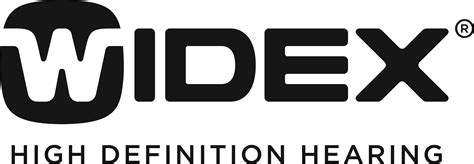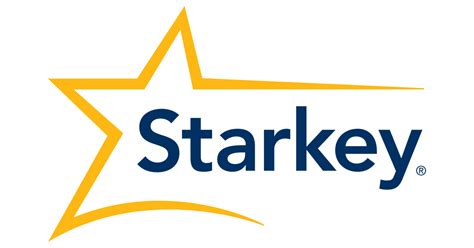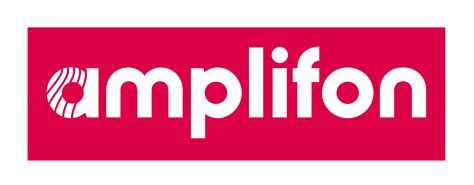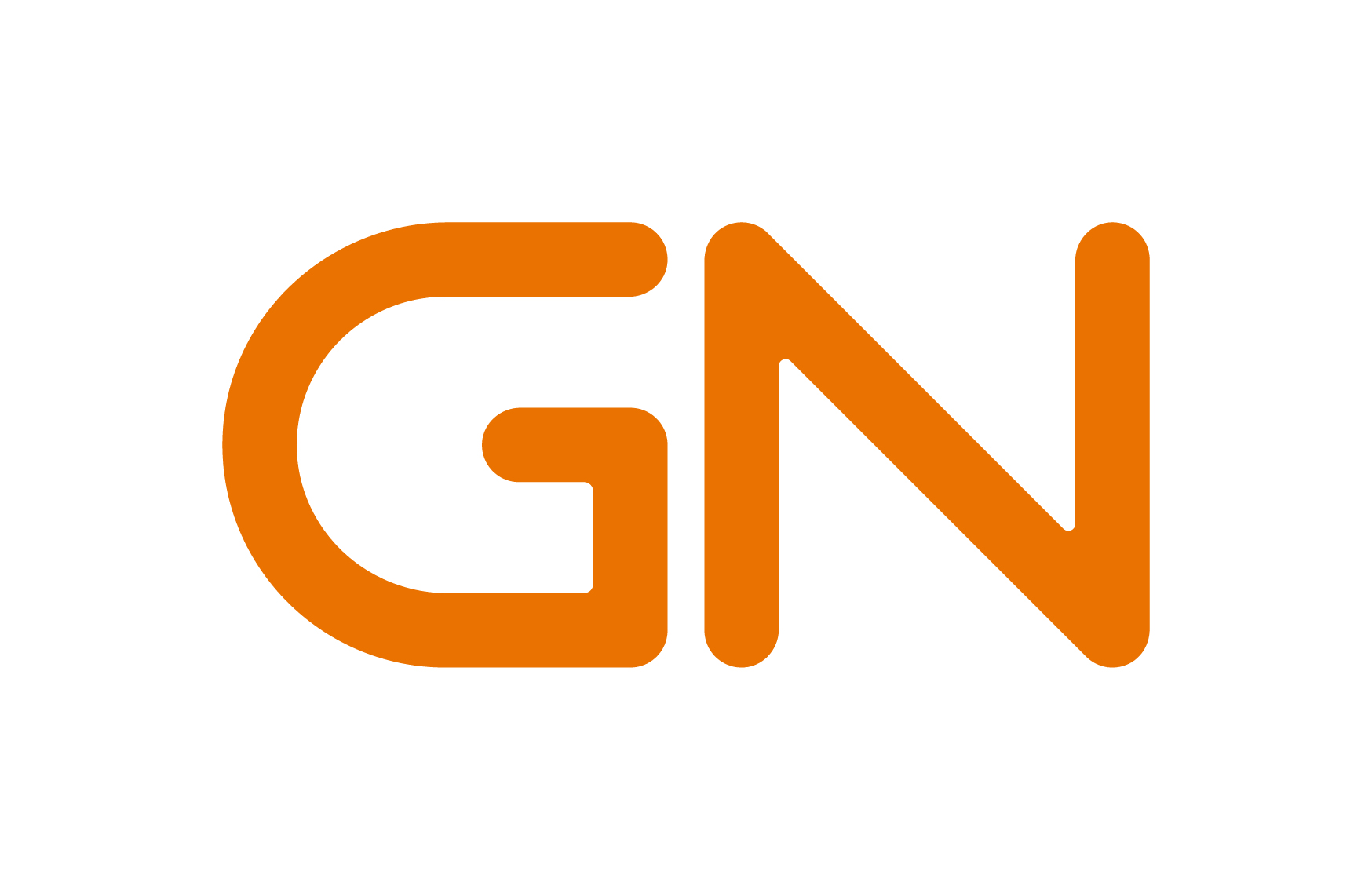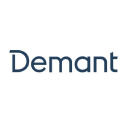Summary
The global hearing aid market, valued at $8.38 billion in 2018, is projected to expand to $14.45 billion by 2026, exhibiting a CAGR of 7.2%. This growth is driven by an aging population and increasing prevalence of hearing disabilities, with expectations that by 2050 around 900 million people will suffer from such conditions. The United States, holding a significant share of this market with a valuation of $3.18 billion in 2018 and anticipated CAGR of 4% through 2023 to reach $3.9 billion, is influenced by its aging demographic and the high cost barrier to hearing aid adoption. Hearing aid sales volume in the US has seen a 67% increase over 11 years and is expected to surpass 4 million units annually post-2019. The US import rate surpasses exports, with a coverage rate of 27.3% in 2018, indicating a growing trend in imports versus exports. Key international trade partners include Mexico, Poland, Canada, China, and Vietnam. The industry is also witnessing technological advancements like Bluetooth integration and 3D printing for customized devices, alongside regulatory shifts towards OTC markets aimed at increasing accessibility and competition..Title: "Expanding Horizons in the U.S. Hearing Aid Market: A Comprehensive Demand Analysis" As we delve into the U.S. hearing aid market, several key trends emerge, painting a picture of a sector on the rise. The American hearing aid consumer primarily opts for the receiver-in-the-canal (RIC) model, which dominates the market with approximately 72% usage, while behind-the-ear (BTE) models trail at a distant second with about 13%. Men in the U.S. are notably more likely to experience hearing impairments, with a significant proportion twice as likely as women to develop hearing issues, predominantly because of heightened exposure to noisy environments rather than genetic predispositions. Geographically, hearing impairment is a widespread challenge across the United States, with states like West Virginia reporting around 6% of their population affected, in contrast to roughly 3% in California. The prevalence of hearing issues appears to be evenly distributed, with no particular area suffering disproportionately more than others. The aging population is a prominent driver of demand within this market. With an estimated 48 million Americans dealing with some form of hearing loss, the segment with the highest incidence is those aged 65 and above. Statistics indicate about one-third of individuals between 65 and 74 years old, and nearly half of those over 75, report hearing problems. These figures have direct implications on market growth, with projections indicating around 22% of U.S. adults will be over 65 by 2050, up from the current figures hovering around 17%. The market's demand is also influenced by broader societal factors and health-related causes, including infectious diseases, usage of harmful medications, noise exposure, and the aging process itself. Significant advancements in Bluetooth technology and the use of 3D printing show the potential to meet consumer desires for more tailored and high-tech solutions. Regarding market offerings, a noteworthy diversity in brands and models exists, with RIC, BTE, and completely-in-canal (CIC) models leading the selection choice. As consumers prioritize sound quality, reliability, and ease of use, brands like Oticon, Phonak, and Widex rise to the forefront, offering devices that best match these preferences. In terms of spending, the industry witnesses some price discrepancies, with average unit costs spanning from around $800 to $2,200 across various leading brands. The overall U.S. market, valued at approximately $3 billion in 2018, is anticipated to grow to nearly $4 billion by 2023, marking.### Dominant Forces in the Hearing Aid Industry: A Look at the Leading Companies In the world of hearing aids, a few names stand tall, thanks to their robust market presence, innovative offerings, and trusted reputation. The industry, resembling an oligopoly, is spearheaded by six major players frequently referred to as the "Big Six." These companies have carved out a commanding market share and are instrumental in shaping the future trajectory of hearing aid technology and accessibility. #### Phonak Part of the Sonova Group, Phonak is a pioneering force in hearing aid innovation. Known for exceptional sound quality and industry-leading battery life, Phonak caters to a wide range of hearing impairments with its diverse portfolio. Phonak’s Audéo Marvel line is particularly noted for its rechargeable technology and connectivity features that seamlessly integrate with modern lifestyles. #### Sonova Swiss-based Sonova stands out as a global leader in the auditory space. The umbrella company for Phonak, Sonova is respected for its commitment to research and development, continually pushing the boundaries of what's possible in hearing aid technology. Through a sophisticated use of 3D printing, Sonova customizes hearing aids to each client’s unique needs, demonstrating the company's patient-centric approach. #### Oticon Championing "people first" philosophy, Oticon is another big name that audiologists trust. Its product, Oticon Opn S, garners commendation for excellent sound quality. The company continues to impress with its innovative, sleek designs and its focus on creating hearing aids that support a brain-oriented understanding of hearing. #### Widex Noted for both quality and aesthetics, Widex is a brand that doesn't shy away from advancing technology. Its EVOKE model is a testament to the company's dedication to delivering superior sound experience with cutting-edge features such as machine learning-based personalization of audio settings. Widex's commitment to sustainable energy is also noteworthy, emphasizing their broader responsibility towards the planet. #### ReSound Another key player, ReSound, brings forward a legacy of defining the hearing aid standards with their LiNX Quattro, among other models. They prioritize connectivity and user-friendly technology, allowing individuals with hearing loss to enjoy advanced features like direct streaming and remote customization. #### Signia Signia, formerly known as Siemens Hearing Instruments, has made a name for itself by focusing on performance and user comfort. Their Signia Xperience platform boasts features that enable users to hear sound from all directions, offering a natural listening experience that has won accolades from both users and
to understand this market
Detailed content
 Inforamtion
Inforamtion
- Number of pages : 30 pages
- Format : Digital and PDF versions
- Last update : 25/10/2021
 Summary and extracts
Summary and extracts
1 Market summary
1.1 Definition and general presentation of the market
A hearing aid is a medical device aimed at correcting a hearing defect. The hearing aid market can be divided into two broader categories:
- STANDARDs to which the Behind-the-ear (BTE) and Receiver-in-the-canal (RIC) belong.
- CUSTOM or in-the-ear to which ITE, CIC, and IIC models belong.
The first modern hearing aid appeared in the beginning of the 20th century produced by Sonotone in 1929. Over the course of the last century, hearing aids have become portable and discreet, with the use of ever smaller and more efficient microprocessors since the late 1990s.
In the United States, professionals in this field are called audiologists and hearing aid specialists (hearing aid specialists).
The hearing aid market is expected to benefit by a number of demographic and social transformation affecting the global society. Specifically, within the US context, a progressive aging population, an increasing preventive medicine awareness, and technological innovations are projected to impact the hearing aid market.
1.2 The Global Market’s Rapid Growth
Source: ****
The global hearing aid market was valued at $*.** billion in **** and is anticipated to grow to $**.** billion by the end of ****. This is equivalent to a CAGR of *.*%. Key drivers for this increase in demand include an ageing population; indeed, older people pertain to the demography that is most likely ...
1.3 The United States’ Growth Will Continue
Source: ****
According to FBI the market size for hearing aids in the US amounted to $*.** billion in ****. Moreover, the market is expected to grow at a CAGR of *% until ****, valuing it at $*.* billion. [***] Relatively to the world, this market value in **** of $*.* billion is equivalent to **.*% (***).
Moreover, there is a large ...
1.4 International Trade
UN Comtrade provides information on the exchange of goods or services among countries, in terms of value and volume. The following data is based on the code ****** labelled “hearing aids excluding parts and accessories”.
Source: ****
The coverage rate is calculated by dividing exports by imports. From this, we can conclude that ...
2 Demand analysis
2.1 Profile Analysis: The American Consumer
This section’s goal is to highlight and analyze consumer behavior patterns in the United States. Moreover, it breaks down demographics and which hearing aid products American consumers seek. Finally, it looks at trends which have, and will, shape the US market for hearing aids.
Receiver in the canal (***) dominates
Source: ...
2.2 Demand Trends
Ageing Population
In the United States, around ** million people suffer from some sort of hearing loss. Naturally, older adults make up the largest segment of these people. Around one third of people aged between ** and ** report problems with their hearing. When considering people at the age of **, this number increases to ...
3 Market structure
3.1 Market Structure - Manufacturers
The market for hearing aids in the US is similar to an oligopoly; in **** around **% of the market was captured by six players, a figure which hasn’t changed much until today [***]. The “Big Six“ include Phonak, Sonova, Oticon, ReSound, Signia, and Widex. In other words, entry barriers are high, and ...
3.2 Market Structure - Distribution
In general, two categories of professionals can distribute hearing aids: audiologists and hearing aid dispensers. The former requires four year of graduate school, and the latter requires high school graduation and a six-month training program. Consumers buy hearing aid from hospitals or retail clinics in department stores, which range from small ...
4 Analysis of the offer
4.1 Types of hearing aid
Components which are common to all hearing aid devices include: a microphone (***).
As mentioned, one can decompose hearing aids into two macro categories – Customs and Standards. An additional distinction can be made based on the position of the aid. The picture below shows three different typologies:
In the same order as ...
4.2 What hearing aid attributes are in demand?
Source: ****
The above graph shows what attributes are sought after when audiologist select hearing aid for patients. Respondents were asked to give a score between zero to ten, where ten signifies the highest perceived priority, and one is the lowest importance. From this graph, it is evident that the respondents value ...
4.3 Product Comparison
Below follows a comparison of which brand performs the best in several categories, based on answers from a sample of audiologists. The criterions chosen are based on the three most prioritized attributes (***) from the previous graph. A remark regarding this comparison is that, although the brands included in the analysis below ...
4.4 Price Comparison
Source: ****
4.5 Supply Trends
Bluetooth on the rise
Technological evolution in the past three years include the increasing popularity of Bluetooth technology and advanced digital platforms for better performing hearing aids. [***]
*D printing
*D printing is used in hearing aids to create increasingly customized models. For instance, this technology can be used to ...
5 Rules and regulations
5.1 Current Regulation
Federal level
According to the American Speech-Language-Hearing Association (***), any potential hearing aid user must provide the distributor with the following information a written statement by a medical officer that the patient has been medically examined and is a candidate for a hearing aid. This examination must take place within * months that ...
5.2 Future Regulation
The WHO restates the fact that hearing aids can only be distributed by licensed professionals. However, technological advances have facilitated hearing aid which can be self-fitted. For example, with older analogue hearing aids, calibrating and properly fitting a hearing aid could involve crafting a custom ear-mold to minimize audio feedback and ...
6 Positioning of the actors
6.1 Segmentation des acteurs
- Oticon
- WS Audiology (Widex Sivantos)
- ReSound (GN Hearing)
- Signia
- Starkey
- Amplifon
- Beltone (GN hearing)
- GN Hearing
- Demant groupe
All our studies are available online in PDF format
Take a look at an example of our research on another market!
Companies quoted in this study
This study contains a complete overview of the companies in the market, with the latest figures and news for each company. :
 Choosing this study means :
Choosing this study means :
Access to more than 35 hours of work
Our studies are the result of over 35 hours of research and analysis. Using our studies allows you to devote more time and added value to your projects.
Benefit from 6 years' experience and over 1,500 industry reports already produced
Our expertise enables us to produce comprehensive studies in all sectors, including niche and emerging markets.
Our know-how and methodology enable us to produce reports that offer unique value for money.
Access to several thousand articles and paid-for data
Businesscoot has access to all the paid economic press as well as exclusive databases to carry out its market research (over 30,000 articles and private sources).
To enhance our research, our analysts also use web indicators (semrush, trends, etc.) to identify market trends and company strategies. (Consult our paying sources)
Guaranteed support after your purchase
A team dedicated to after-sales service, to guarantee you a high level of satisfaction. +44 238 097 0676
A digital format designed for our users
Not only do you have access to a PDF, but also to a digital version designed for our customers. This version gives you access to sources, data in Excel format and graphics. The content of the study can therefore be easily retrieved and adapted for your specific needs.
 Our offers :
Our offers :
The Hearing Aid Market | United States
- What are the figures on the size and growth of the market?
- What is driving the growth of the market and its evolution?
- What is the positioning of companies in the value chain?
- Data from several dozen databases
5 reports pack (-15%) USA United States
- 5 reports at €75.6 excluding VAT per study to choose from our American catalogue for 12 months
- Save 15% on additional studies purchased
- Choose to be refunded any unused credit at the end of the 12-month period (duration of the pack)
See the terms and conditions of the pack and the refund of unused credit.







